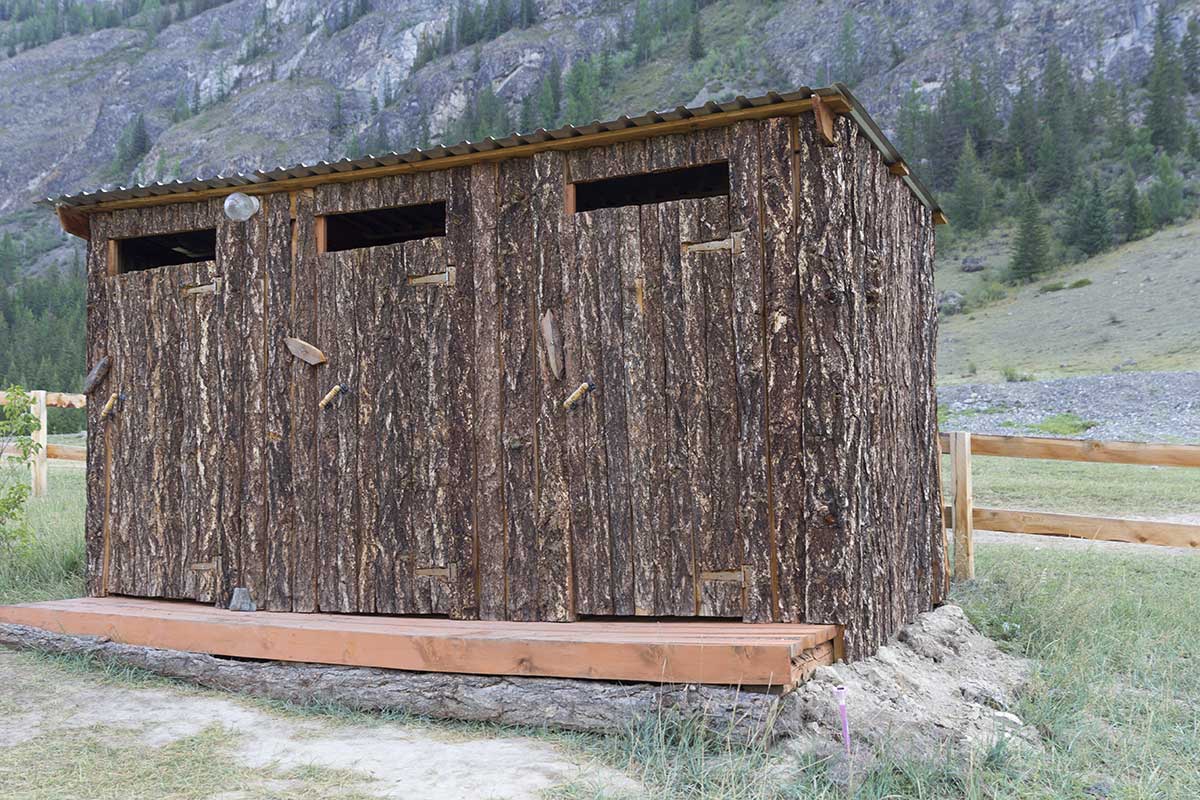COURSE DESCRIPTION
According to the Bill and Melinda Gates Foundation, over 2 billion people in the world lack access to proper sanitation and toilets. In those parts of the world without access to modern toilets and sanitation, latrines are used a temporary storage for human waste. The latrines are often emptied into the nearest body of water, which may also serve as a water supply. Composting toilets can provide a sanitary method of waste treatment in areas without running water or electricity. Composting toilet (CT) technology provides many advantages over pit, VIP, water-sealed toilets, and septic systems. One of their greatest advantages is that they can be built anywhere, and usually for not very much up-front cost, making them excellent choices in rural or remote areas and undeveloped areas.
Materials used for the construction of CTs can be adapted to various geographic locations as well as the proximity to suppliers that many contain the necessary materials. Materials used for constructing the toilet shelter on top of the chambers will differ from site to site. The CT design in this course was adapted from toilets used in Tonga, Kiribati, and Fiji. This course is based on the Peace Corps Composting Toilet Manual.
This course includes a multiple-choice quiz at the end which is intended to provide 2 hours of professional development.
LEARNING OBJECTIVES
• Tools & Materials List
• Construction Steps
• Selecting and Preparing a Site
• Mixing the Concrete
• Constructing the Foundation Slab
• Constructing the Chambers
• Constructing ET Beds
• Constructing Toilet House Floor Slab
• Constructing False Floor
• Constructing Access Doors
• Building House on Top of the Chambers
• Operating and Maintenance
• Technical Specifications



